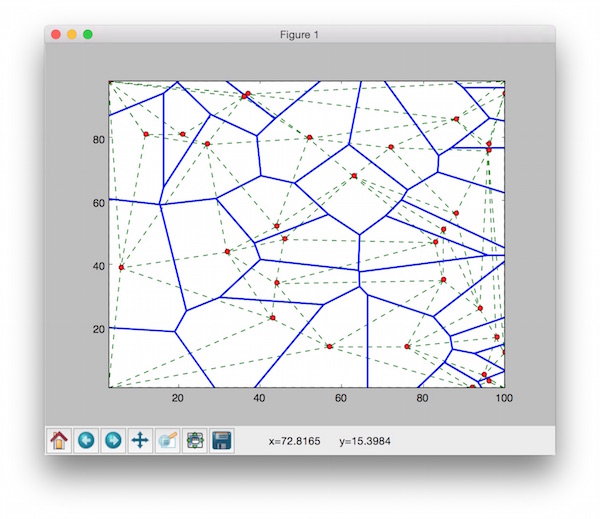131 private links
Simple Python Motion Jpeg (mjpeg server) from webcam. Using: OpenCV,BaseHTTPServer
Most Python developers have written at least one tool, script, library or framework that others would find useful. My goal in this article is to make the process of open-sourcing existing Python code as clear and painless as possible. And I don't simply mean, "create GitHub repo, git push, post on Reddit, and call it a day." By the end of this article, you'll be able to take an existing code base and transform it into an open source project that encourages both use and contribution.
While every project is different, there are some parts of the process of open-sourcing existing code that are common to all Python projects. In the vein of another popular series I've written, "Starting a Django Project The Right Way," I'll outline the steps I've found to be necessary when open-sourcing a Python project.
This tutorial does not attempt to be comprehensive and cover every single feature, or even every commonly used feature. Instead, it introduces many of Python’s most noteworthy features, and will give you a good idea of the language’s flavor and style. After reading it, you will be able to read and write Python modules and programs, and you will be ready to learn more about the various Python library modules described in The Python Standard Library.
Time Series Forecasting with the Long Short-Term Memory Network in Python - Machine Learning Mastery
The Long Short-Term Memory recurrent neural network has the promise of learning long sequences of observations. It seems a perfect match for time series forecasting, and in fact, it may be. In this tutorial, you will discover how to develop an LSTM forecast model for a one-step univariate time series forecasting problem. After completing this …
Opensource python library for text mining focusing on document similarity identification.

We shall introduce PyDelaunay as a practical spatial construction. It is an efficient Python implementation of Voronoi/Delaunay Tessellation, which can be served as the Basic Map of the neighbourhood concept.
percol is an interactive grep tool in your terminal. percol
- receives input lines from stdin or a file,
- lists up the input lines,
- waits for your input that filter/select the line(s),
- and finally outputs the selected line(s) to stdout.
Since percol just filters the input and output the result to stdout, it can be used in command-chains with | in your shell (UNIX philosophy!).
A long list of top python projects in 2014.
A collection of design patterns and idioms in Python.
“Debugging is twice as hard as writing the code in the first place. Therefore, if you write the code as cleverly as possible, you are, by definition, not smart enough to debug it.” – Brian W. Kernighan.
Everyone tests their software to some extent, if only by running it and trying it out (technically known as “smoke testing”). Most programmers do a certain amount of exploratory testing, which involves running through various functional paths in your code and seeing if they work.
Systematic testing, however, is a different matter. Systematic testing simply cannot be done properly without a certain (large!) amount of automation, because every change to the software means that the software needs to be tested all over again.
This is an introduction to some lower level automated testing concepts, and how to use built-in Python constructs to start writing tests.
"Some best practices that would be difficult to otherwise stumble upon and self-learn."
